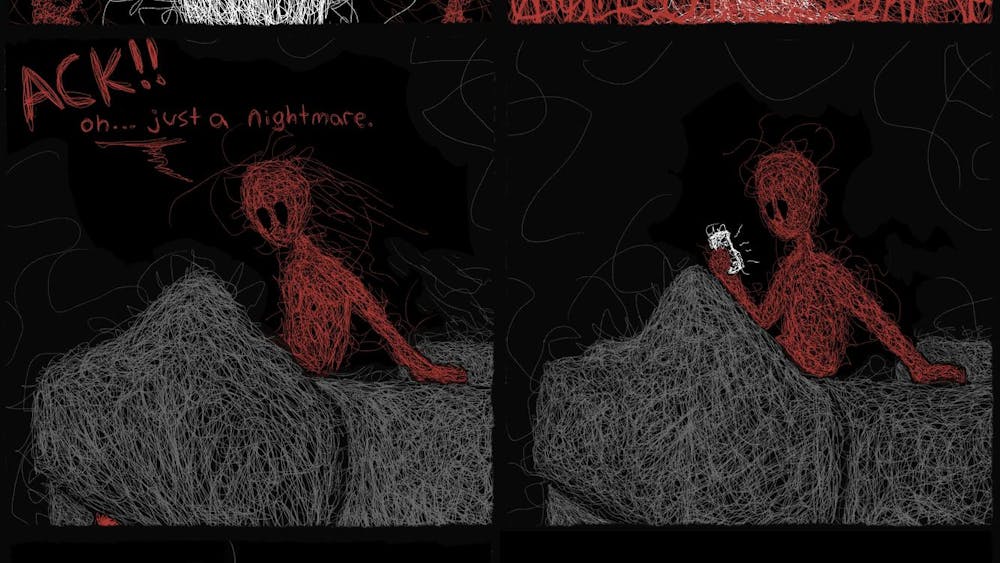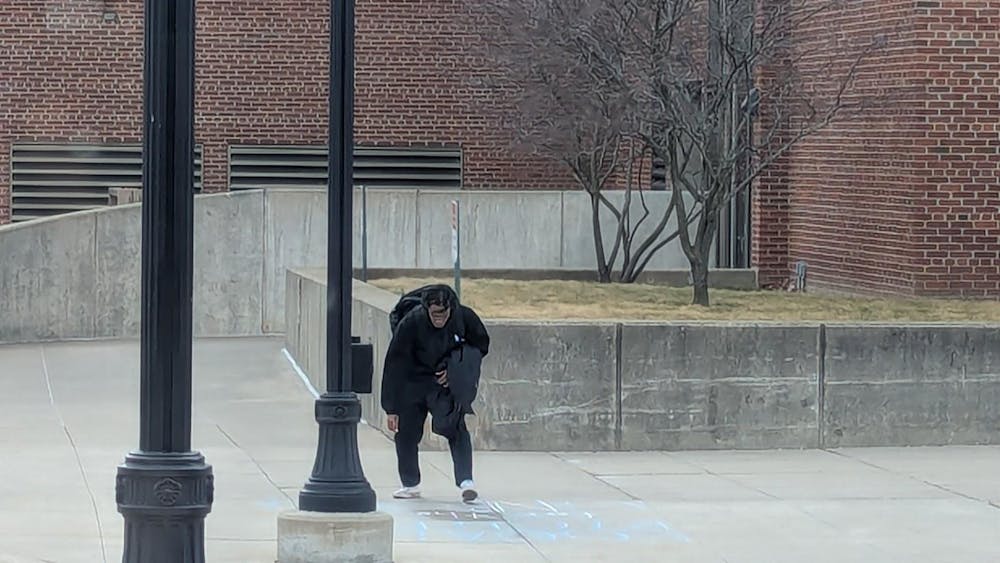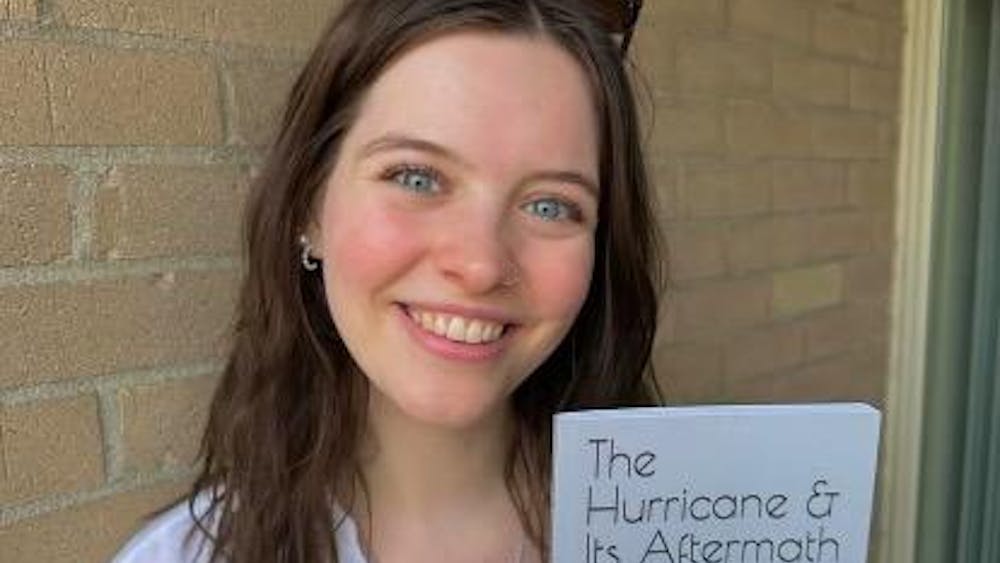Tuesday night the 48th Ann Arbor Film Festival returns to the Michigan Theater for another week-long celebration of experimental and avant garde cinema.
For Donald Harrison, executive director of the Ann Arbor Film Festival, and Becca Keating, the festival’s community development manager, this week is the culmination of months of hard work and preparation for an event that really highlights the spirit of creativity and community that has come to define the city of Ann Arbor.
The festival was started in 1963 by George Manupelli, a professor at the University of Michigan who was also known for his experimental films, including the “Dr. Chicago” trilogy. Manupelli saw his festival as an outlet for artists who were making more challenging art films.
“He wanted to create a forum for people to be able to watch art and to be able to watch filmmakers making art together, and those films weren’t being seen in public,” Harrison said.
“Now we have hundreds, if not thousands, of film festivals in the United States; but at the time it was the second film festival that I’m aware was running, and it was, as far as I’m concerned, the spirit of independent film. I see it as the original independent film festival that’s still running in the country,” he said.
Since then the festival has grown a lot. In its early years the festival exclusively showed 8mm and 16mm prints, a trend that has since been abandoned to include digital prints. According to Keating, this change not only expanded the number of submissions the festival received but allowed them to program more cutting-edge films that could only be created digitally.
But the festival still stays true to Manupelli’s original intentions, and has remained a vital outlet for artists who continue to challenge the norms and push the boundaries of filmmaking further and further.
“We show a lot of filmmakers who are experimenting with techniques, are ahead of their time and are breaking new ground and influencing a lot of the industry,” Harrison said.
“If you look over the course of the 48 years of the festival, you’ll see a lot of artists who have shaped modern cinema, have shaped commercial work, who have shaped the music video art form,” he said. “Somebody like Kenneth Anger—who showed “Scoripio Rising” in 1964 in Ann Arbor at the festival—he’s been a major influence on cinema.
“People such as David Lynch and Martin Scorcese were directly influenced by him. And he was somebody who was showing his work in Ann Arbor at a time when he was very much an outcast within Hollywood, within the industry. And so it’s very much that role of research and development of new, emerging artists and artists who aren’t already household names.”
Anger is just one of the dozens of artists who will not only have films featured in the festival, but are actually attending and will participate in discussions on their work. According to Keating, that’s one of the things that really sets the Ann Arbor Film Festival apart.
“It’s a chance to come and see artful works of cinema, shown on a big screen in a beautiful movie palace from the 1920s, that may never be seen in that capacity again. And you get to share that experience and talk about the films with amazing, engaged individuals, as well as possibly experience a Q&A with a filmmaker in attendance and get a chance to meet and talk with that filmmaker, which you don’t have every day,” Keating said.
“You don’t get to go and talk to Matt McCormick after ‘Some days are Better than Others’ screens to just 200 people and be like ‘Oh my god, that film was amazing’… you can’t really do that in many other places, as well as experience the film in such high quality,” she said.
This year the festival received a total of 2500 submissions from 67 countries, 170 of which will be screened—many for the first time—over the course of the festival. The submissions cover a broad range of styles, genres and techniques and range anywhere from one minute long to almost 2 ½ hours.
Among the festival’s many highlights are Tuesday night’s opening ceremony; a live performance Friday night by electronic hip-hop artist Flying Lotus of his score to Harry Smith’s 1962 animated film “Heaven and Earth Magic”; Saturday’s screening of Portland filmmaker Matt McCormick’s “Some Days are Better than Others,” featuring indie musicians James Mercer (of The Shins) and Carrie Brownstein (of Sleater-Kinney); and an evening of films by Kenneth Anger on Saturday, which will be followed by a discussion between Anger and New York Times film critic Dennis Lim.
With more than 40 programs over six days, the Ann Arbor Film Festival is a marathon of works by some of the most talented and influential experimental filmmakers in the world. For anyone who has never attended the festival before—or any film festival, for that matter—it’s a chance to have a completely unique and inspiring experience.
“This festival is not just here to entertain you or just to provide movies that are going to be popular,” Harrison said. “That’s not the purpose of the festival. The festival is very much to provide art that’s going to inspire you and capture your imagination, and it’s going to challenge some of your ideas or have you think of the world in different ways. And I think that’s incredibly important in our society.”










